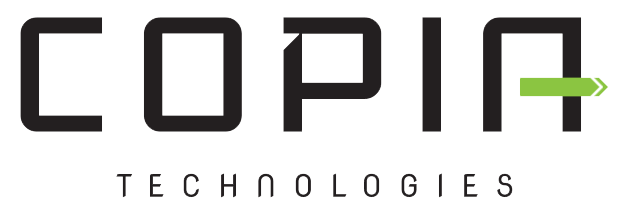
04 Oct 7 Great Resume Hacks
Here are are seven quick and easy resume hacks every job seeker should know:
Use a Resume Builder
The structure of your resume is as important as its content, and no recruiter will read a submission that is sloppy or poorly organised. Reputable resume builders and resume templates can help by doing the formatting work for you, saving you the hassle of making difficult decisions about font, colour, headers, and section order.
Use Word Clouds to Identify Important Keywords
Most employers use applicant tracking systems (ATSs) to screen resumes before they are seen by any human team members. These ATSs look for specific keywords in your resume, forwarding only those resumes that contain the right keywords to the hiring team.
Tapping into the power of keywords is one of the most important resume hacks you can implement to get past gatekeeping ATSs. It is also the fastest way to tailor your resume to the job.
Include Hyperlinks
Adding links to your personal website and social profiles to your resume header is an effortless way to get a hiring manager’s attention. Recruiters and employees will want to visit these platforms anyway, so make it easier for them. Plus, when they click through, they will discover more attractive information about your skills and accomplishments, all those extra little details and work samples you just couldn’t squeeze into your resume.
Vary Your Vocabulary
While it is important to include relevant keywords for ATSs, you don’t want your resume to get lost in the crowd because it sounds like everyone else’s. Replacing words that are vague, generic, or clichéd with more concrete and powerful language is one of the easiest resume hacks to execute.
Terms like “experienced” and “responsible” are used too often, meaning they’ve lost most of their impact with employers. Unique and original descriptions add more color to your narrative and make you more memorable. Remove subjective descriptors like “clever,” “innovative,” and “acclaimed.” You want to show your value rather than simply telling it, which you can do by outlining your actual accomplishments. Start bullet points in your work history section with action verbs, but be sure to replace static terms with “success words” that indicate change and improvement, such as “increased,” “optimised,” and “minimised.”
Quantify When You Can
The one question your resume must answer is, “How is your previous employer different as a result of you working there?” You can answer this question by including metrics that capture your impact. Skim through your resume, highlight places where you’ve referred to a duty or accomplishment in vague terms, and rewrite these instances with numerical values where possible. For example, instead of saying you “wrote articles and newsletter content,” you could say you “wrote 10 articles per week and raised the newsletter open rate from 15 to 65 percent.” Whenever you can, mention how much money you generated or time you saved for the company.Front-Load Your Resume
If you only have time for one hack, use it to make the top part of your resume’s first page as powerful as possible. Why? Because this might be the only bit recruiters read. Craft a strong summary statement that captures all the attributes that make you a brilliant candidate and includes important phrases like job titles. Consider leading with a core competencies section that summarizes your skills and expertise using relevant keywords.Employ an Online Proofreading Tool
Once your resume is complete, use an online proofreading tool to scan it for errors. You could also ask a friend to look over the finished product, but a digital tool can catch errors neither of you would have noticed on your own. Most platforms will check everything from grammar and spelling to structure, flow, and readability while providing advice on how to make improvements.Courtesy: https://www.recruiter.com/i/7-quick-and-easy-resume-hacks-you-need-to-know/

No Comments